[Here we are, anywhere on Cape Cod. We look up and see a gull. There’s a flock in a parking lot, or bobbing on a freshwater pond. Fifty miles out to sea, tuna fishing, or even farther out, watching the Spanish fishing fleet, there they are, the gulls, circling by the hundreds.
I know what you’re thinking: just a bunch of seagulls. But first, there really isn’t a bird called a “seagull.” If you call a bird from the ocean a seagull, you must call a bird from the bay a … no, I can’t say it.
The polite thing to do when you hear someone use the term would be to inquire as to which species of gull they mean. If they say, “A gull is just a gull,” tell them it’s never just a gull. And no bird likes to be referred to as “just a.”
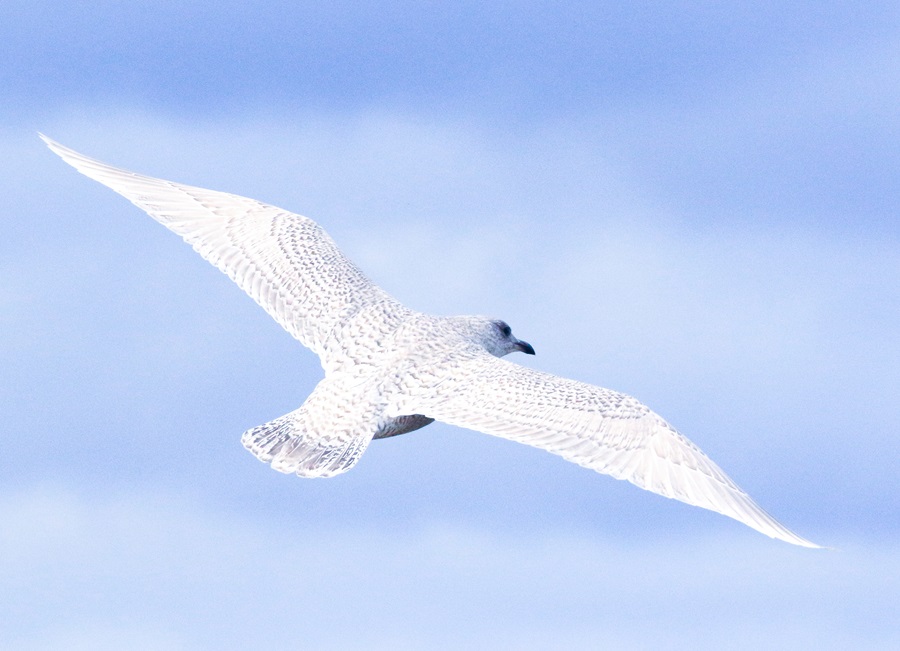
This peninsula has an impressive abundance and diversity of gulls. Some breed here on islands, most notably on Monomoy. But several species are known for their peregrinations, wandering far from their breeding grounds in winter. We have visitors from Alaska, central Canada, and farther north in the Canadian Maritimes. Some of those we observe here on the Cape have come from as far north and east as Iceland and Europe.
The Regulars
Throughout the year, we see up to 11 different species of these gray, white, and black birds called gulls. Of the four we observe regularly, two are year-rounders: the herring gull, which is the most common gray gull we see, and the great black-backed gull, a huge black-and-white bird about the size of a bald eagle. If there were ever a “seagull,” this would be the bird. The great black-backed gull’s scientific name is Larus marinus — the gull of the sea.
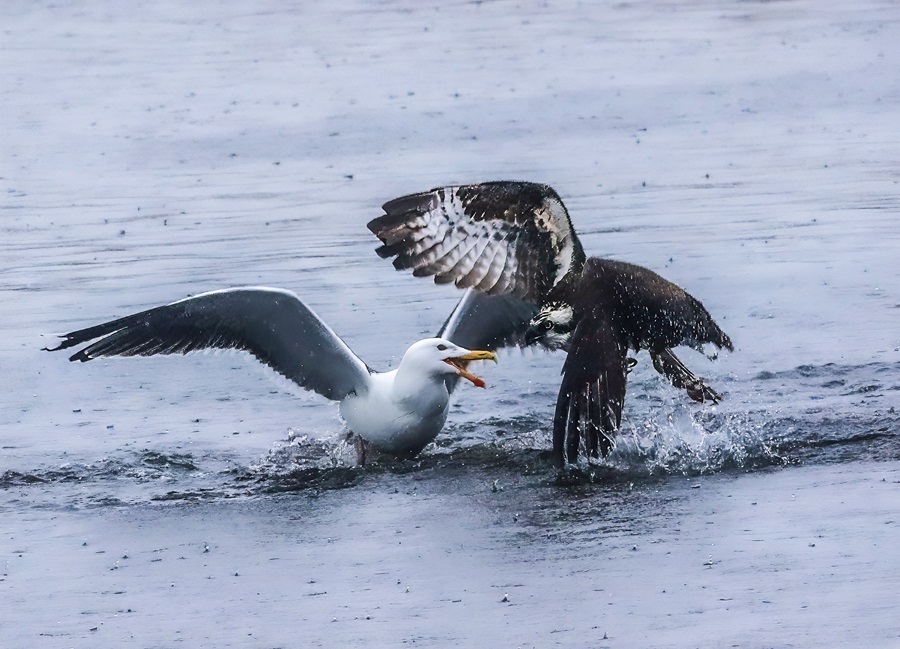
Two among these regulars are seasonal. The laughing gull is a small slaty-gray bird with a completely black head. They arrive here in April from their southern wintering grounds in Florida and the Gulf Coast, breed at Monomoy National Wildlife Refuge, and depart Cape Cod in October or November.
The other seasonal regular, the ring-billed gull, gets here in the fall and spends the winter. This is a bird that nests in the northern Great Plains and upper New York State around the Great Lakes and throughout southern Canada and the northern U.S., preferring flat, open land. It’s a smallish gull, with a pattern of gray and white similar to that of the herring gull but with a distinctive black ring around the tip of its bill. And it has bright yellow legs.
Other Migrants to Meet
There are other migrants here often enough for us to learn to recognize, such as the little known but often abundant winter species called the black-legged kittiwake. Nesting on both the Atlantic and Pacific coasts, this small and for the most part oceanic gull’s numbers can build to thousands off our eastern shores in stormy weather. Once, while standing on the observation platform at Highland Light on a blustery winter day, I recorded kittiwakes as abundant as snowflakes over the vast fluid plain to the east and north.
Consider the Bonaparte’s gull, a fall and winter visitor, petite and tern-like, that can be seen all along the beaches and inlets of Cape Cod. They’re not named for the French emperor but for his nephew, Charles Lucien Jules Laurent Bonaparte, a young ornithologist who came to North America in the late 1800s to study our natural history. Imagine a small dainty gull, sitting on a nest of twigs in a spruce tree in eastern Alaska. That’s one breeding site of the Bonaparte’s gull.
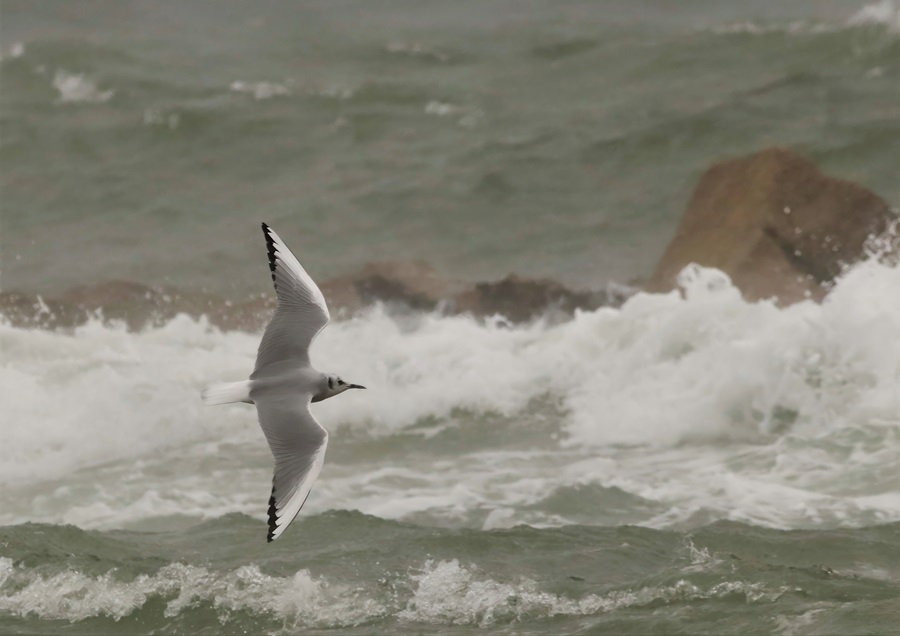
Quickly changing our perspective of wildness and habitat, let’s say you’ve finished your shopping at the mall, it’s February, and the wind is howling across the asphalt plain. There in the middle of the parking lot is a flock of 30 gulls, huddled together with a few of our larger local herring gulls. Look for a distinctive black ring at the tip of a beak and for bright yellow legs: these are ring-billed gulls, which prefer parking lots as roosting and resting areas because they are gulls of the plains.
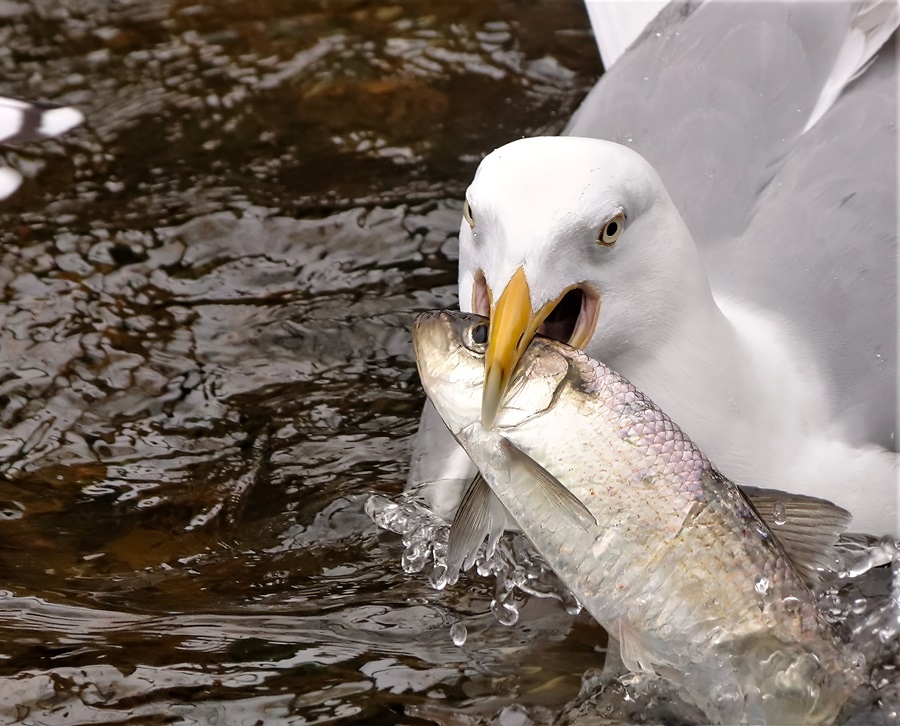
Frequenting Race Point all winter and into spring are the widespread Iceland gull and the less common and larger glaucus gull. Both nest in the high Arctic, with the glaucus gull having a circumpolar distribution. If you’re the kind to watch a PBS nature program on polar bears and seals, you’ve probably seen the beautiful pale gray plumage of scavenging Iceland and glaucus gulls. They’re often referred to as white-winged gulls for their pale plumage.
The lesser black-backed gull nests in Europe and navigates the north Atlantic to find its way here. This species looks like a miniature version of our ubiquitous great black-backed gull but with yellow rather than pink legs. There has been one at MacMillan Pier all winter.
The Rarities
The two gull species we see least around here are the black-headed gull and the Sabine’s gull. The first, a resident of Europe and Siberia, has been recorded here by keen birders; I found them when visiting Iceland.
The Sabine’s gulls are beautiful, a striking black and white. This small gull breeds in Arctic regions of Alaska and Canada, then migrates to tropical regions. On Cape Cod, they can be observed as they fly across the Atlantic in August on the way to winter off southwest Africa.
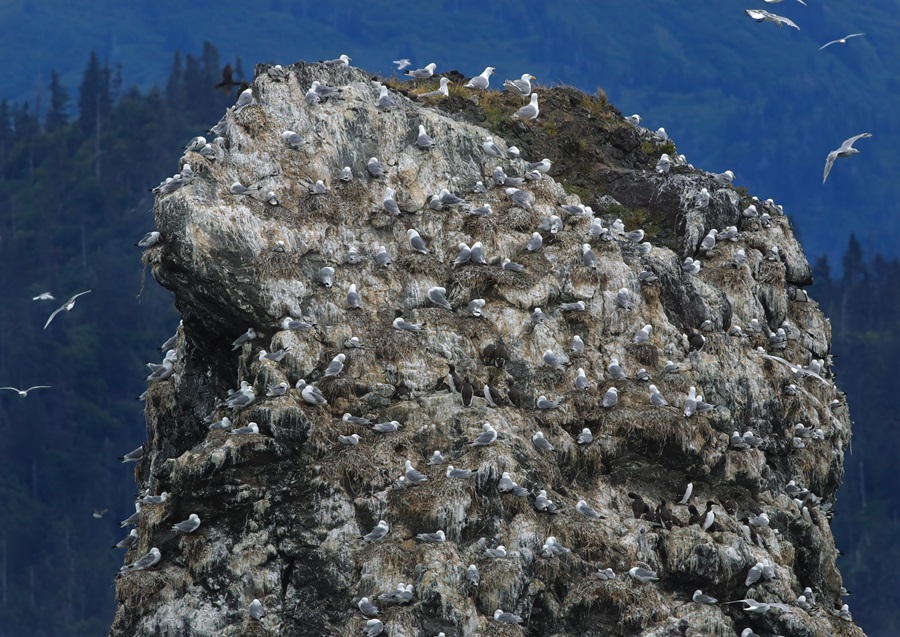
Gulls are strong migrants, living easily at sea for long periods, sitting on the water to rest, and living on the ocean’s rich food sources. Some five million of various species have been wintering over the wild seas of the North Atlantic these past months.
Look carefully at the next gull you see. Can you identify it? Now you know it’s not just a gull.



